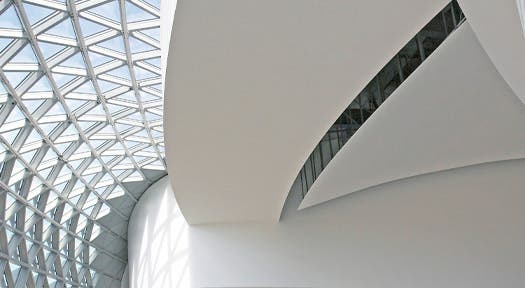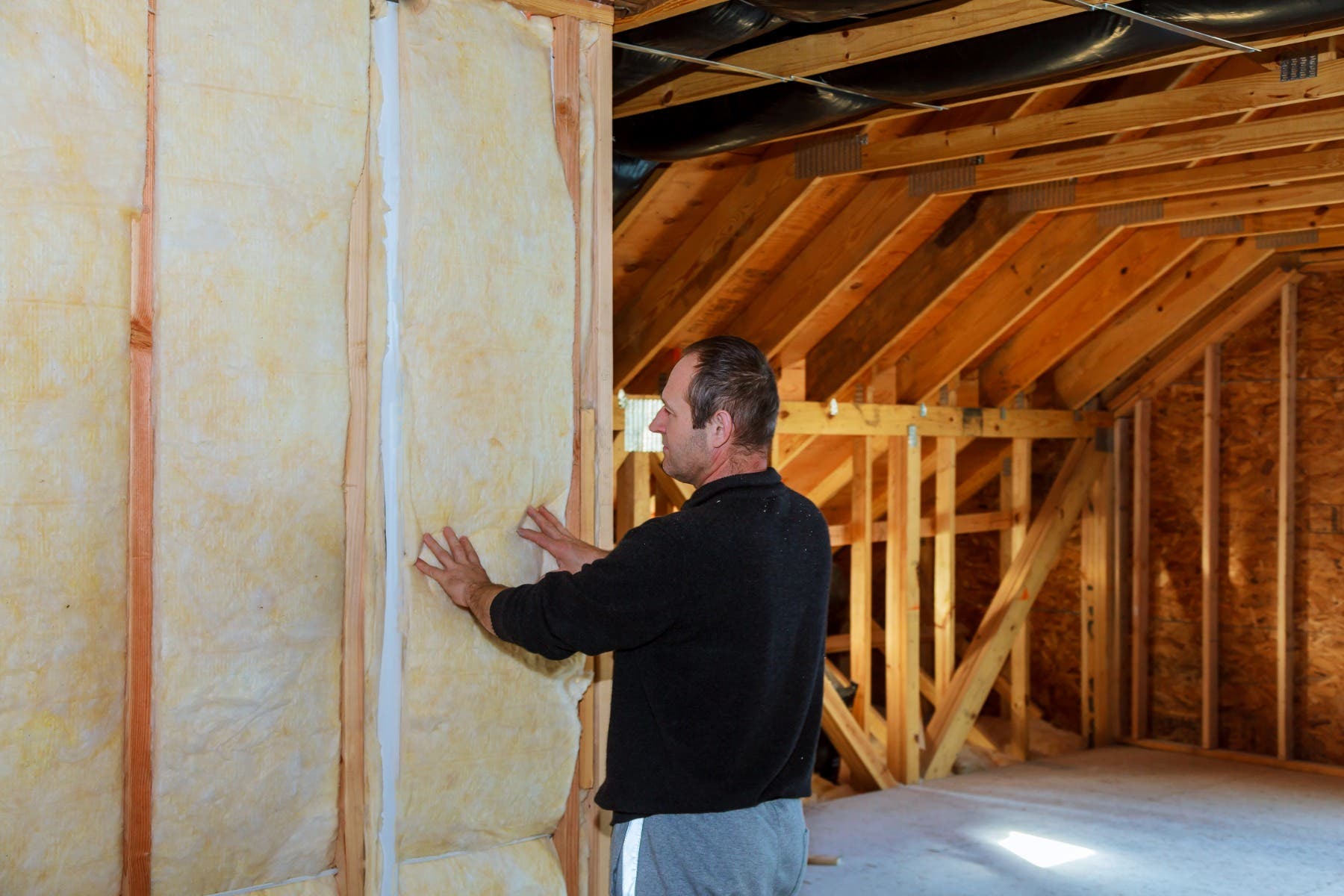How the Thermal Resistant Improve the Building LEED Score
Many people think the only thing you need to do to get LEED score certification makes your building energy efficient.
They are wrong! Thermal resistance helps you improve your building's energy efficiency and save money on your electric bill.
Thermal resistance is a crucial factor in the building LEED score. To successfully incorporate thermal resistance into your building, it is essential to understand why it is a good thing and how it affects your score.
The LEED score is determined by the building's energy use, water efficiency, materials and resources, indoor environmental quality, and accessibility for people with disabilities.
To improve the LEED score, it is necessary to reduce the building's thermal resistance to improve the LEED score. This is done by applying a heat recovery ventilation system to remove excess heat from the establishment to avoid wasting energy.
Thermal Resistance
Thermal resistance is “the ability of a material to absorb, store and return energy.” It determines how well a building keeps its cool on hot summer days and how much heat it emits on cold winter days.
The measure of thermal resistance is determined by comparing the temperature change between two objects in contact with each other (for example, a window vs the wall behind it).
The higher the difference between these two temperatures, the more excellent the material's thermal resistance.
How to Improve Any Building’s Thermal Resistance?
There are several ways to improve your building’s thermal resistance:
- Reduce air infiltration by installing an air barrier.
- Increase insulation.
- Increase the thickness of your walls, ceiling, and floor assemblies.
The reason why thermal resistance is so important is that as buildings get older, their capacity to retain heat decreases.
This can be seen in older homes where there are no windows or insulation in many areas of the building and where there has been little maintenance over time.
These conditions can lead to higher energy bills for homeowners and increase utility costs for businesses looking for ways to reduce their consumption of natural resources like electricity, gas, and water.
The thermal resistance score from one building type (residential) to another (office) tells us how well a building maintains its coolness in the summer months and how much heat it releases in the winter months.
Leed Score
The LEED score is a measure of how well a building performs during the construction process. It has four main categories: water, energy and resources, materials and resources, ventilation of interior spaces, and indoor environmental quality.
The LEED score is determined by using points for each area and adding them together to get your final score. The greener features a building has, the higher its LEED score will be.
This includes using natural light in rooms, insulation instead of air conditioning or heating, low-VOC paint instead of toxic paints, and choosing renewable energy sources like solar panels or wind turbines over fossil fuels.
The points you earn in each category are based on how much better your building performs than traditional buildings with similar materials used today.
To improve your building's LEED score and reduce your environmental impact, consider insulating your walls with a layer of foam insulation and installing radiant barriers on ceilings and floors.

How the Thermal Resistance Improve the Building Leed Score
Thermal resistance improves the building LEED Score. The reason is that it can reduce the heat transfer rate between the inside of the building and the outside environment.
This leads to a lower temperature inside the building and a lower temperature outside the building, which will result in lower energy consumption for heating or cooling systems inside or outside your home or office.
The LEED building score is based on the following criteria:
- Indoor Environmental Quality: Provides good indoor air quality and protects against the spread of infectious agents, including mildew and mold.
- Exterior environmental impact: Minimizes the visual impact of buildings on the surrounding area and reduces energy consumption.
- Materials selection/recycling: Uses materials with low embodied energy, recyclable content, or both to reduce environmental impact while maximizing thermal efficiency.
- Water Efficiency: Conserves water in all design and construction phases through site planning, design features, equipment selection, and irrigation scheduling.
- Materials and Energy Performance: Maximizes thermal performance using various methods for reducing energy consumption in heating and cooling systems (e.g., high-performance windows).
- Indoor Environmental Quality: Provides good indoor air quality by incorporating air-permeable materials like cellulose insulation that allow fresh air to circulate through buildings by providing an adequate ventilation rate, lighting controls that minimize glare, and reducing filtration paths.
The LEED rating system uses various tools to assess a building's environmental performance.
The most important are the two main categories:
- Energy and Atmosphere - This category covers how efficiently and effectively a building uses energy, water, and space. It also covers how well the building is designed to prevent carbon dioxide and other greenhouse gases.
- Materials - This category looks at the number of materials used in construction and their durability over time.
How Much Does A High Thermal Resistance Matter in Terms of Building Efficiency?
The difference between low and high thermal resistance is only about 1-2%, so it's not a big deal. However, if your building has a low thermal resistance, you must ensure that you increase it within five years, or your certification may be at risk.
Is It Possible to Have A Building with A LEED Score of Less Than 5?
Yes, it is possible. The LEED guidelines allow buildings to have a "Building Science" credit that can explain why the building's performance exceeds typical building codes.
The Building Science credit allows for buildings to have thermal resistance improvements that exceed the minimum requirement of 0.5 degrees C per inch of wall thickness, which would allow a home or office building to have an overall LEED score of 4 or lower.
On A Final Note;
The most important thing to realize is that the thermal resistance of your windows and accesses will play a massive role in your energy savings (or cost if you operate in non-ideal conditions) and make them more environmentally friendly.
While LEED does not consider the thermal resistance of these products, it is still an imperative for environmentally friendly buildings.
There are various thermal-resistant products on the market, check out USG ME products for your best ceiling choices.










